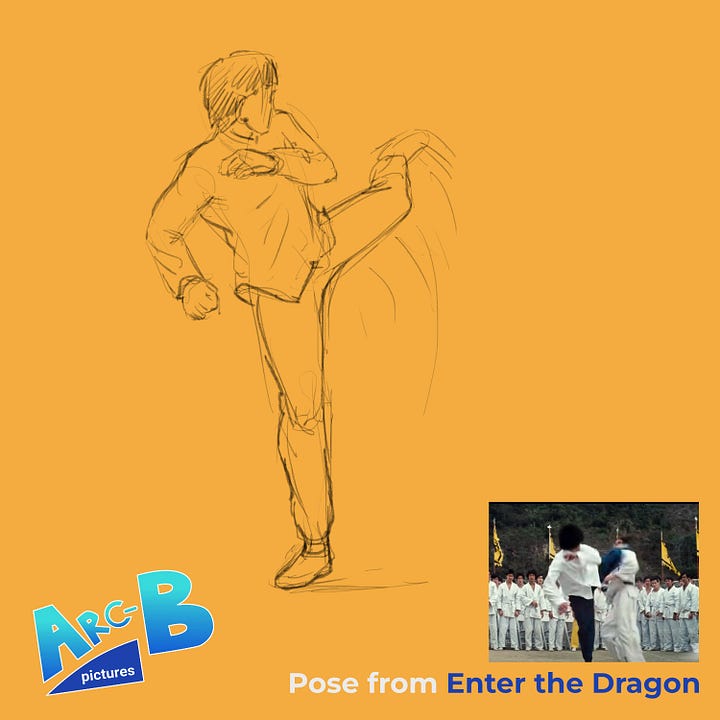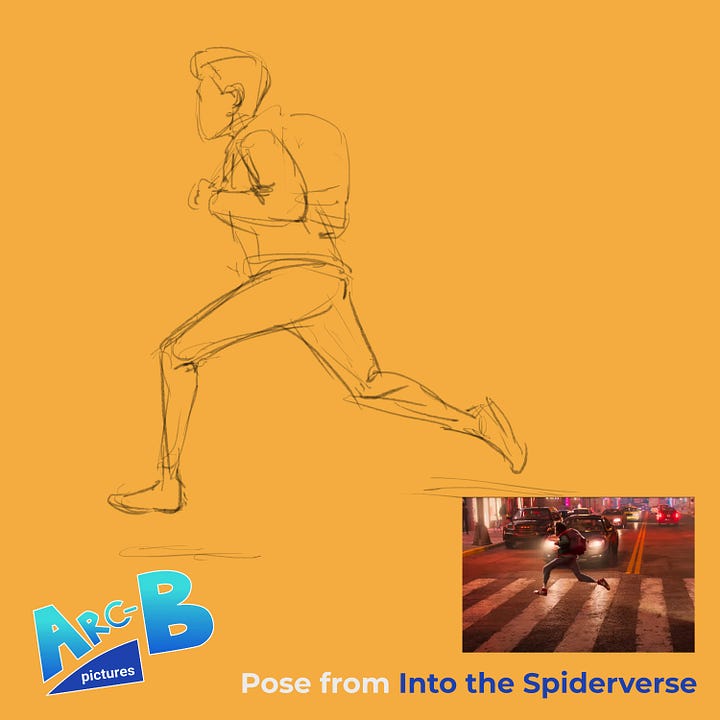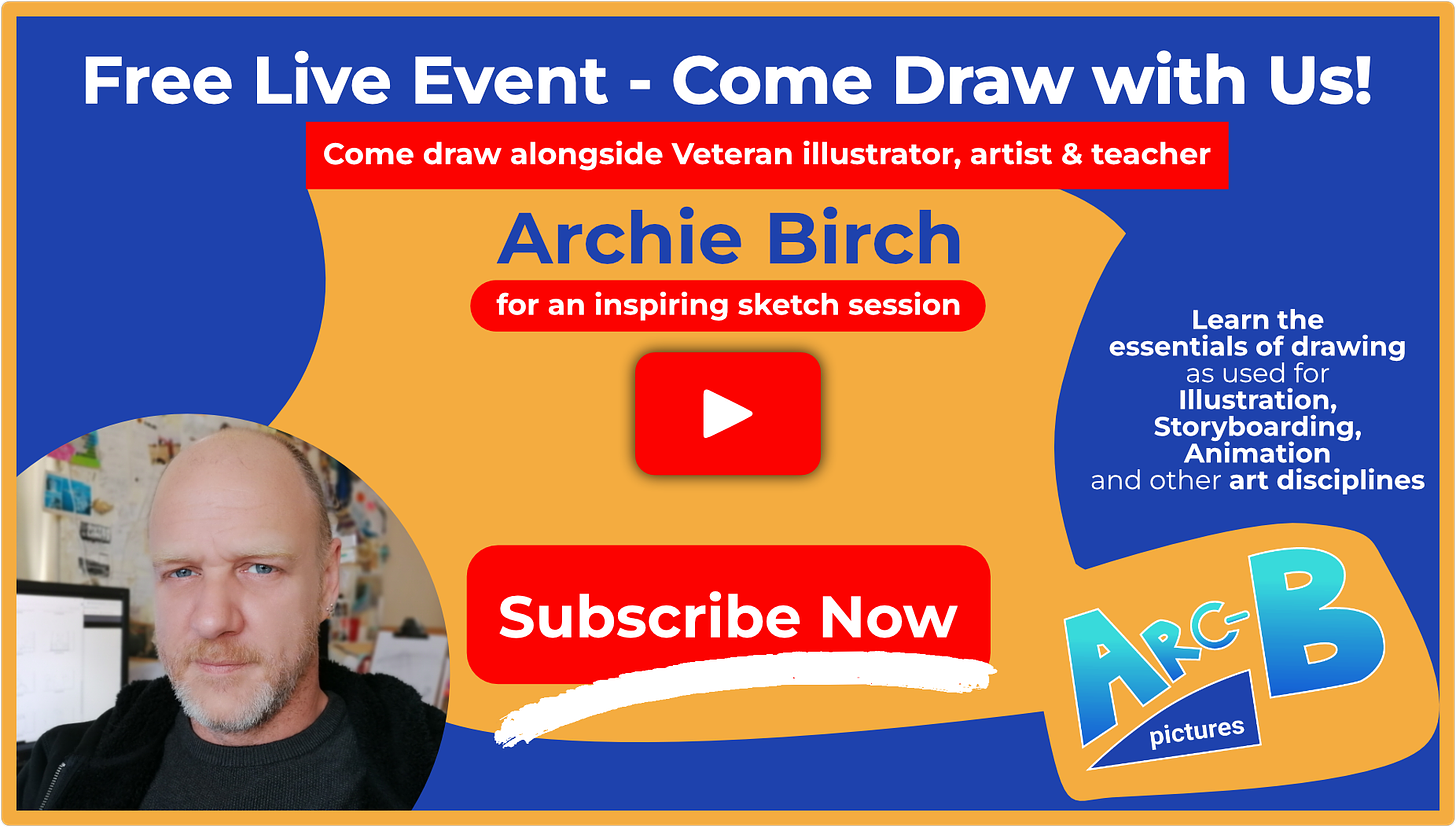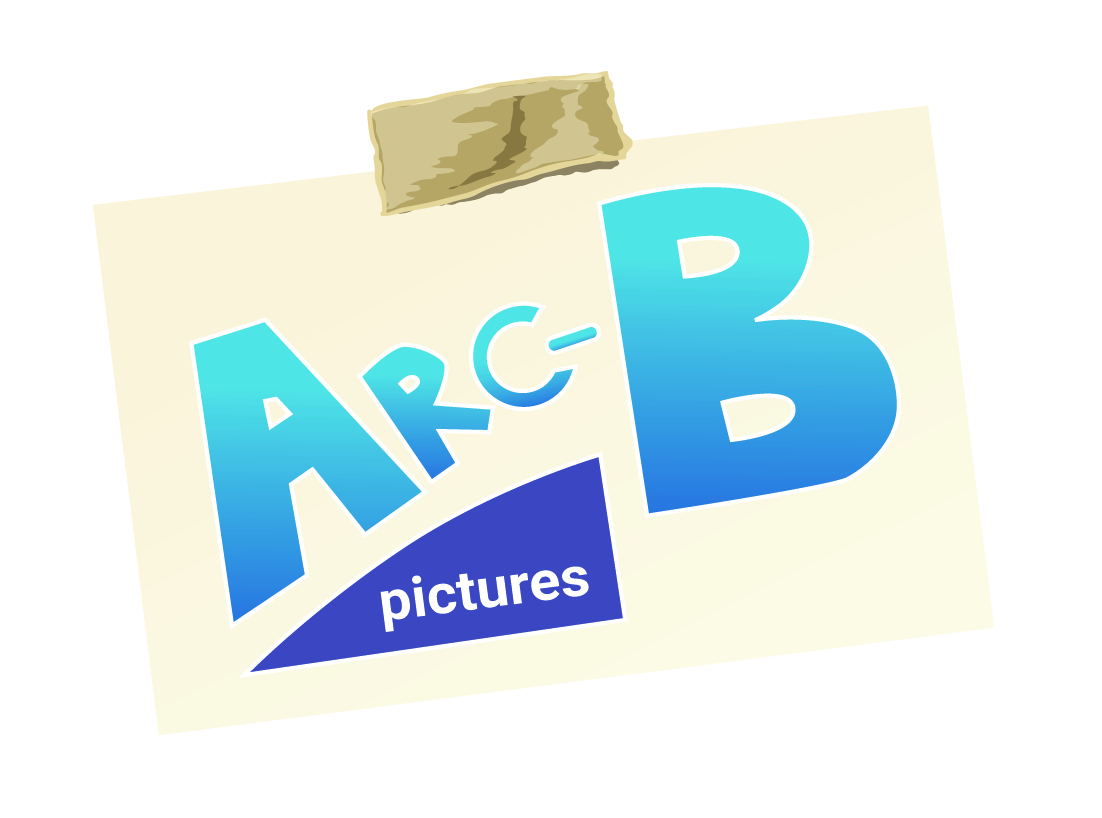Hello Artists!
Ever had a pose in mind but drawing it from your head seems impossible and you can’t find the right reference? You are not alone; this is a common problem for artists and there are some good ways to overcome this challenge.
In this newsletter, we will look at some of the best practices for developing your skills so that you can make solid and expressive figure drawings.
Good Regular Practice:
Figure drawing does need regular practice for you to get comfortable doing it. The more you draw the better you will become in general so it will be good to put 2-3 hours a week aside for this if you are trying to make progress in this area.
However, you can spend a lot of time drawing figures and still not make satisfying progress. The tips below should help you to get more progress (and fun) out of your time.
Good practice involves, among other things, balancing achievable goals with trying new challenges that you may struggle with but will ultimately serve your skills well.
Pleasure feedback principle
So good regular practice is important but let it be enjoyable to practice to keep up your momentum
Let’s see how we can find, use, and practice perfectly with pose references.
Tips & Tricks
1. Draw the structure and add details later
One of the most common pieces of advice in figure drawing for illustration and animation is to learn to construct the figure from basic shapes that you can then build up into a more finished artwork. Indeed I think this is a key skill in getting a pose down quickly but I’ve noticed that many students find it a burden or can’t find a way to make it a functional and quick part of their process. Briefly, I think it’s a question of not making the construction an end itself, what we must develop is a method of plotting in the rough shapes and forms and then quickly building from there. That is one of the things we are practicing in quick figure sketching.
2. Use Online Resources
When I was studying there weren’t nearly as many resources available as there are today. Reference for poses came from the library, life drawing classes, and whatever you could collect yourself. Today you have thousands of references, free and paid, at your fingertips. Admittedly there is a lot of junk reference or stuff that is difficult to use so finding the right images can still be a challenge. Here is a small list that I would recommend as being beneficial and easy to use for practicing your figure drawing:
New Masters Academy Timed Drawing on YouTube
Please note that, though I like these ones, all reference is chosen and used at your own discretion for your own art practice, and you should look for yourself at what is available (there are a lot of great figure drawing references on Pinterest for instance). I am not affiliated with these sites in any way. However, for free reference these are good resources, and we sometimes use them for warm-up practice in class.
3. Real Life is The Best Reference
Observe people in everyday activities or sports. Take your own photos or make quick sketches of people in motion (or ideally, both). This real-life observation helps you understand natural movement, and you are able to choose what you want to capture. Your smartphone or a good camera that can fit in your pocket is a brilliant tool to build your natural reference library.
4. Using Mannequin Software
We used to use those little wooden mannequins, which can be great for understanding poses and perspective on the figure. The software is a little more daunting to get used to, but easy enough to use and really gives you options. Many artists swear by it and if it is the tool that helps you to find that brilliant pose, then add it to your toolbox! Here are three websites that utilize mannequin posing which I found:
5. Use Video. Freeze Video.
Watching one of your favourite action movies and see a pose (or anything else) you just cannot wait to draw? Freeze frame, take a screenshot, and keep that as a reference image. Making up a library like this will serve you well in the long run!
Common Hiccups
1. Stiff Poses
Avoid drawing figures that look rigid or unnatural. Try to use fluid lines and focus on the movement to make your poses more dynamic. Consider using the line of action (roughly an imaginary line that travels from weight-bearing foot to the leading arm) and opposing the tilt of hips and shoulders to increase dynamism in the figure. Look for a variety of straight and curved contours and try to get them into your sketches.
2. Ignoring Anatomy
Ensure that your dynamic poses still respect the human anatomy. Studying and understanding muscle, tendon, and bone structure helps in maintaining the believability of the figures, even when greatly simplified.
Let’s Dive into Drawing
1. Timed Gesture Sketching
Try a New Masters Academy set. Post your drawings on Instagram and remember to tag me @arcb.pictures. I would love to see the gesture sketches and I will try to comment on as many drawings as I can.
2. Movie, Popcorn, and Pencils!
Watch your favourite movie, make sure to add some popcorn, and freeze the pose that you would like to draw. Share it and tag us on Instagram - we can’t wait to see your poses!
Visually Speaking
Here is a pose from two of my favourite movies: Enter the Dragon and Into the Spiderverse


Happy Drawing! Remember, practice makes perfect. Share your progress with us using @arcb.pictures and stay tuned for news on courses, draw-along sessions, and awesome drawing content!
If you are ready to learn more, sign up for our full 8-week mentorship with Archie Birch. Level up your drawing now. Seats are limited and the mentorship works on a first come first serve basis.













